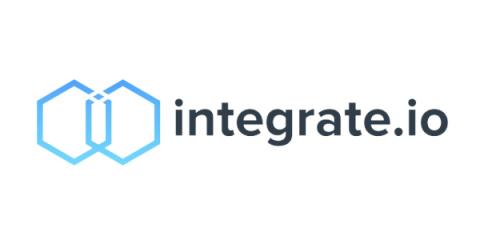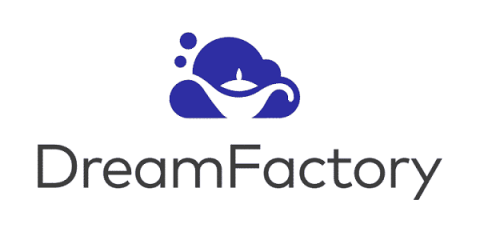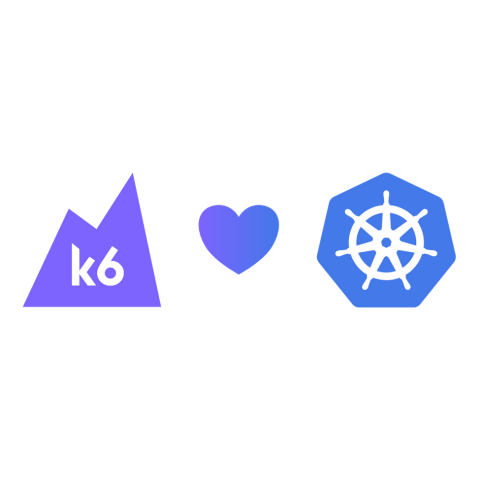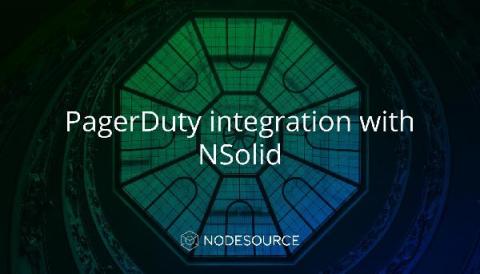Systems | Development | Analytics | API | Testing
Latest Blogs
Stitch vs. Talend vs. Xplenty: A Head-to-Head Comparison
Five differences between Stitch, Talend, and Xplenty: Organizations store data in many destinations, making that data difficult to analyze. Legacy systems, SaaS locations, in-house databases, apps, you name it — by storing data in all kinds of places, companies can complicate data analytics considerably. Storing data in a warehouse or a lake makes more sense.
Application Integration and Digital Transformation: A Close Association
Cloudera Operational Database application development concepts
Cloudera Operational Database is now available in three different form-factors in Cloudera Data Platform (CDP). If you are new to Cloudera Operational Database, see this blog post. And, check out the documentation here. In this blog post, we’ll look at both Apache HBase and Apache Phoenix concepts relevant to developing applications for Cloudera Operational Database.
A Cost-Effective Data Warehouse Solution in CDP Public Cloud - Part1
Today’s customers have a growing need for a faster end to end data ingestion to meet the expected speed of insights and overall business demand. This ‘need for speed’ drives a rethink on building a more modern data warehouse solution, one that balances speed with platform cost management, performance, and reliability.
Keyword Difficulty Explained: What It Is and How It Impacts SEO
Running distributed k6 tests on Kubernetes
The project used in this article is experimental and changes a lot between commits. Use at your own discretion .
Cloud Computing and Serverless Architectures: What are FaaS and CaaS?
When creating new cloud-native applications, developers need to choose the development and deployment methods that best serves their application's needs and purpose. At the same time, organizations are always looking to optimize their cloud budgets and efficiency. Two popular deployment strategies are Function as a Service (FaaS) and Container as a Service (CaaS). Perhaps you've heard about them!
PagerDuty integration with N|Solid
In the latest version of NSolid v4.4.2 NodeSource introduced the new PagerDuty integration that allows users to configure message notifications that are automatically triggered when your Node.js application experiences critical performance, lifecycle, and/or security events in production. This ensures DevOps professionals looking after applications running in production, can be notified on time about new performance and security issues.
No Lag Dashboards With Xplenty
Are you tired of slow dashboards? It’s a problem we hear end-users of BI tools complain about time and time again. Whether you’re an end-user or on the data team that the end-users blame, slow dashboards suck! With many BI tools now offering their own connectors and lightweight data transformation/preparation layers, slow dashboards are a common pain point across all organizations.









